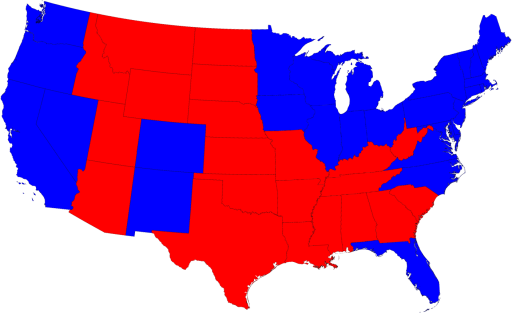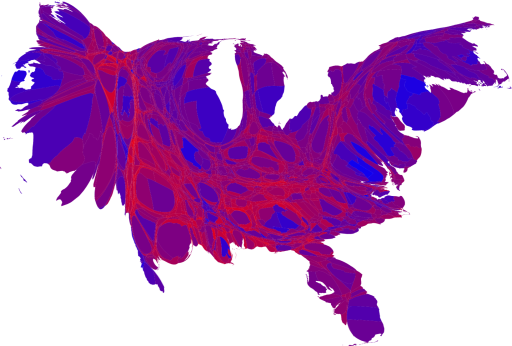Some things that aren't surprising.
Describe the typical startup that you found.Some things that are surprising are the conclusion the author makes. Rather inappropriately from my perspective. I think the government's track record of picking winners and losers is pretty poor. The best strategy is always one that lowers costs for everyone, rather than favoring one group over another.
The median startup is a business that's capitalized with about $25,000. The financing of that business comes from the entrepreneur's savings. The business is a retail or personal service business, a hair salon or a clothing store, that kind of thing. The founder doesn't have expectations of a very high growth business, in fact [the entrepreneur is] probably thinking a goal of $100,000 a year of revenue is a good goal.
And it's most likely to be organized as a sole proprietorship and to have no employees besides the owner—is that correct?
That's right. And in fact we're getting close to half, very close to the median would even be home-based.
Why do you think the myth of entrepreneurship, the image that you're debunking, is so popular?
Part of it is we have a belief that entrepreneurship is good because it's associated with things that we like to believe about Americans: being independent, doing your own thing, going your own way. The other part of it is that paradoxically, there is one really, really good thing about entrepreneurship that people don't talk about, which is dominant and we have lots of evidence to support: People who run their own businesses have greater job satisfaction than people who don't. I think part of it is that we're trying to make sense of this paradox—that we really like it, but financially it isn't so great. So we create a myth that says because we like it and it makes us happy, it must also make financial sense, because otherwise there's a kind of conflict we can't resolve.
You write that "encouraging startups is lousy public policy," based on the data you've examined. What would you propose as policy alternatives?
The part that's lousy public policy is the idea that entrepreneurs, regardless of what kind, are good, and if we just have more of them, it's better. But what's a good public policy is if we picked certain kinds of startups, and we emphasized the increase in those. But the way the policies are set up, they don't encourage the specific high-potential startups. Most of the policies are: More entrepreneurs—just let's get volume. It's a very volume-oriented strategy. That's bad public policy.
You collect a lot of data in your book and come to some counterintuitive conclusions about entrepreneurship. What would you say is the biggest illusion?
I think the biggest myth entrepreneurs have is that the growth and performance of their startups depends more on their entrepreneurial talent than on the businesses they choose. I hate to deflate egos, but on the other hand I want people to have a realistic understanding of things. The industry a person picks to start a business has a huge effect on the odds that it will grow. If you go back 20 years or so, about 4% of all the startups in the computer and office equipment industry made the Inc. 500, 0.005% of startups in the hotel and motel industries made that list, and 0.007% of startups in eating and drinking establishments. So that means the odds that you make the Inc. 500 are 840 times higher if you start a computer company than if you start a hotel or motel.


